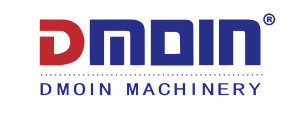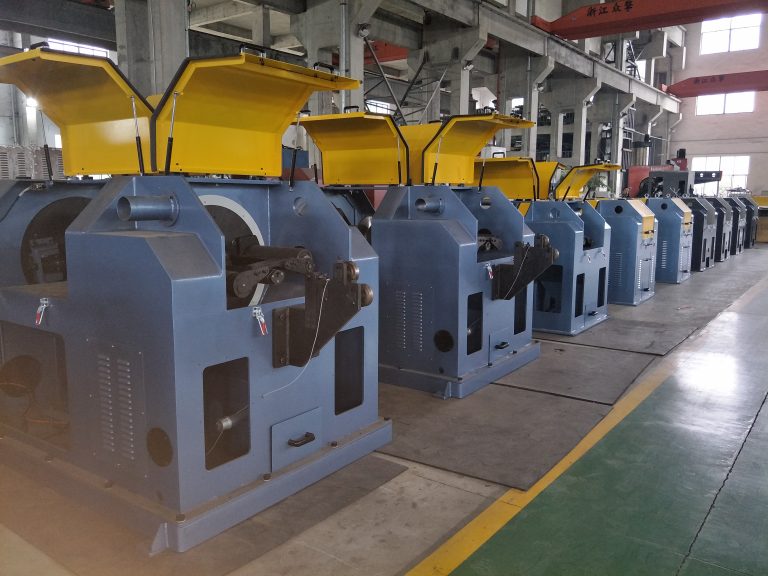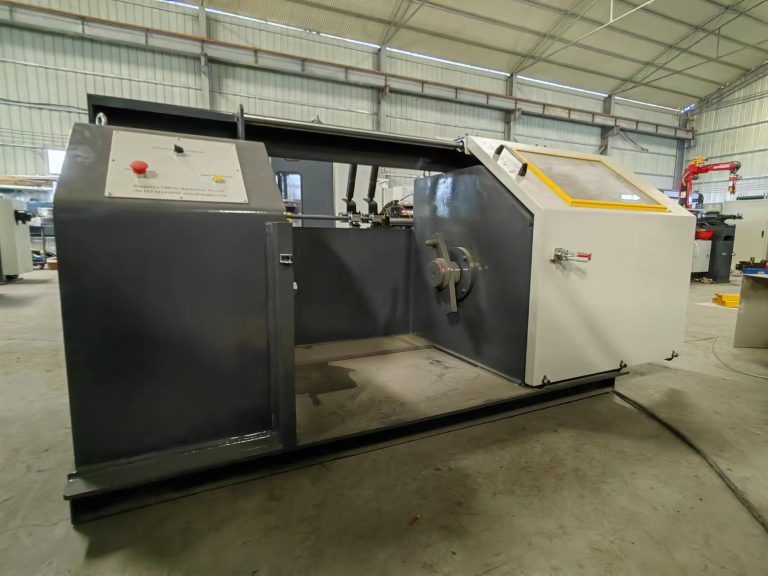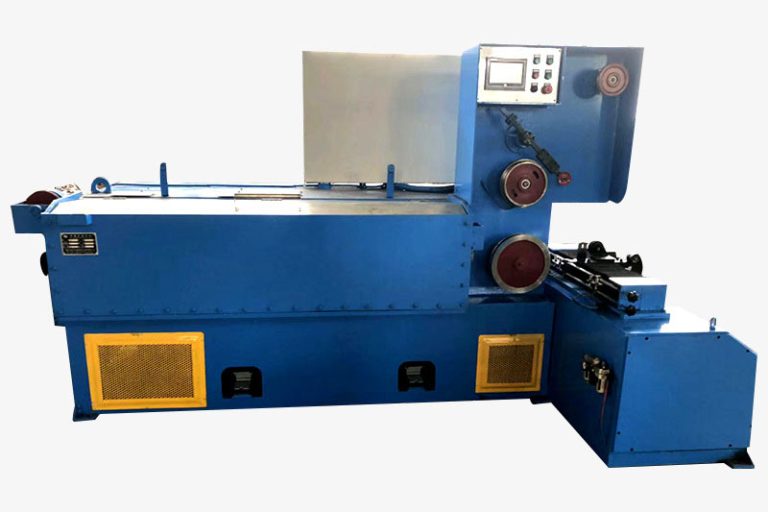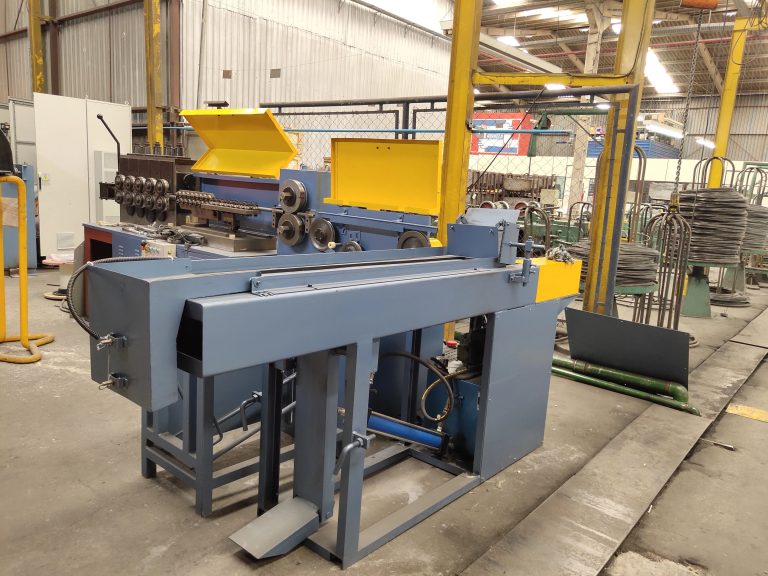Table of Contents
The History and Evolution of Dead Block Coiler Technology
Dead block coilers have been an integral part of the wire and cable industry for many years. These machines are used to wind wire or cable onto a spool or reel in a controlled and efficient manner. The history of dead block coilers dates back to the early 20th century when they were first introduced as a way to improve the winding process for wire and cable manufacturers.
The original dead block coilers were simple machines that consisted of a rotating drum or spool that would wind the wire or cable as it was fed through the machine. These early coilers were manually operated and required a skilled operator to ensure that the wire or cable was wound evenly and without any kinks or tangles.
As technology advanced, so did the design and capabilities of dead block coilers. Modern dead block coilers are now fully automated machines that can wind wire or cable at high speeds with precision and accuracy. These machines are equipped with sensors and controls that monitor the tension and speed of the wire or cable as it is being wound, ensuring a consistent and uniform wind every time.
One of the key advancements in dead block coiler technology is the incorporation of computerized controls and software. These systems allow operators to input specific parameters such as winding speed, tension, and spool size, and the machine will automatically adjust its settings to meet these requirements. This not only improves the efficiency of the winding process but also reduces the risk of human error.
Another important development in dead block coiler technology is the use of advanced materials and coatings on the winding drum or spool. These materials help to reduce friction and wear on the wire or cable as it is being wound, resulting in a smoother and more consistent wind. Additionally, some coilers are equipped with cooling systems that help to dissipate heat generated during the winding process, further improving the quality of the wind.
In recent years, there has been a growing demand for dead block coilers that are capable of handling larger and heavier wire and cable products. To meet this demand, manufacturers have developed coilers with increased capacity and strength, allowing them to wind thicker and more robust materials with ease. These high-capacity coilers are often used in industries such as telecommunications, power transmission, and automotive manufacturing.
Despite these advancements, there are still challenges facing the dead block coiler industry. One of the main challenges is the need for continuous innovation to keep up with the evolving needs of wire and cable manufacturers. As new materials and technologies are developed, coiler manufacturers must adapt their designs to accommodate these changes and ensure that their machines remain competitive in the market.
Overall, dead block coilers have come a long way since their inception in the early 20th century. With advancements in automation, materials, and design, these machines have become essential tools for wire and cable manufacturers around the world. As technology continues to evolve, it is likely that we will see even more improvements in dead block coiler technology in the years to come.
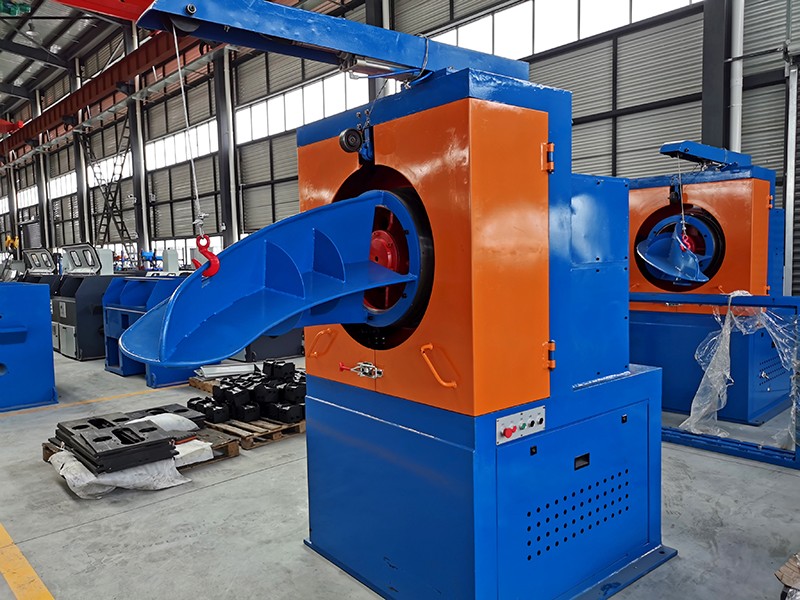
Tips and Tricks for Maximizing Efficiency with Dead Block Coiler Operations
Dead block coilers are an essential piece of equipment in the wire and cable industry, used for coiling finished products onto spools or reels. These machines play a crucial role in the production process, as they help to ensure that the final product is neatly wound and ready for shipping or further processing. However, like any piece of machinery, dead block coilers require proper maintenance and operation to maximize efficiency and productivity.
One of the key factors in maximizing efficiency with dead block coiler operations is proper setup and calibration. Before starting a new job, it is important to ensure that the machine is set up correctly for the specific requirements of the job. This includes adjusting the tension, speed, and other settings to ensure that the finished product meets the desired specifications. Additionally, regular calibration of the machine is essential to ensure that it is operating at peak performance.
In addition to proper setup and calibration, regular maintenance is also crucial for maximizing efficiency with dead block coiler operations. This includes routine inspections of the machine to check for any signs of wear or damage, as well as regular cleaning and lubrication of moving parts. By keeping the machine in good working condition, you can help to prevent breakdowns and downtime, which can have a significant impact on productivity.
Another important factor in maximizing efficiency with dead block coiler operations is operator training. Proper training is essential to ensure that operators are familiar with the machine and know how to operate it safely and effectively. This includes understanding how to make adjustments to the machine settings, as well as how to troubleshoot common issues that may arise during operation. By investing in proper training for your operators, you can help to ensure that the machine is being used to its full potential.
In addition to proper setup, calibration, maintenance, and operator training, there are a few other tips and tricks that can help to maximize efficiency with dead block coiler operations. One such tip is to use the right type of spools or reels for the job. Different types of spools and reels are designed for different types of wire and cable, so it is important to use the correct type for the specific job at hand. Using the wrong type of spool or reel can lead to issues such as tangling or uneven winding, which can impact the quality of the finished product.
Another tip for maximizing efficiency with dead block coiler operations is to pay attention to the tension of the wire or cable as it is being wound onto the spool or reel. Proper tension is essential for ensuring that the finished product is neatly wound and free from defects. By monitoring the tension throughout the coiling process and making adjustments as needed, you can help to ensure that the final product meets the desired specifications.
In conclusion, maximizing efficiency with dead block coiler operations requires proper setup, calibration, maintenance, operator training, and attention to detail. By following these tips and tricks, you can help to ensure that your dead block coiler is operating at peak performance and producing high-quality finished products. Investing the time and effort into properly maintaining and operating your dead block coiler will pay off in the long run, as it will help to improve productivity, reduce downtime, and ultimately lead to a more successful operation.
